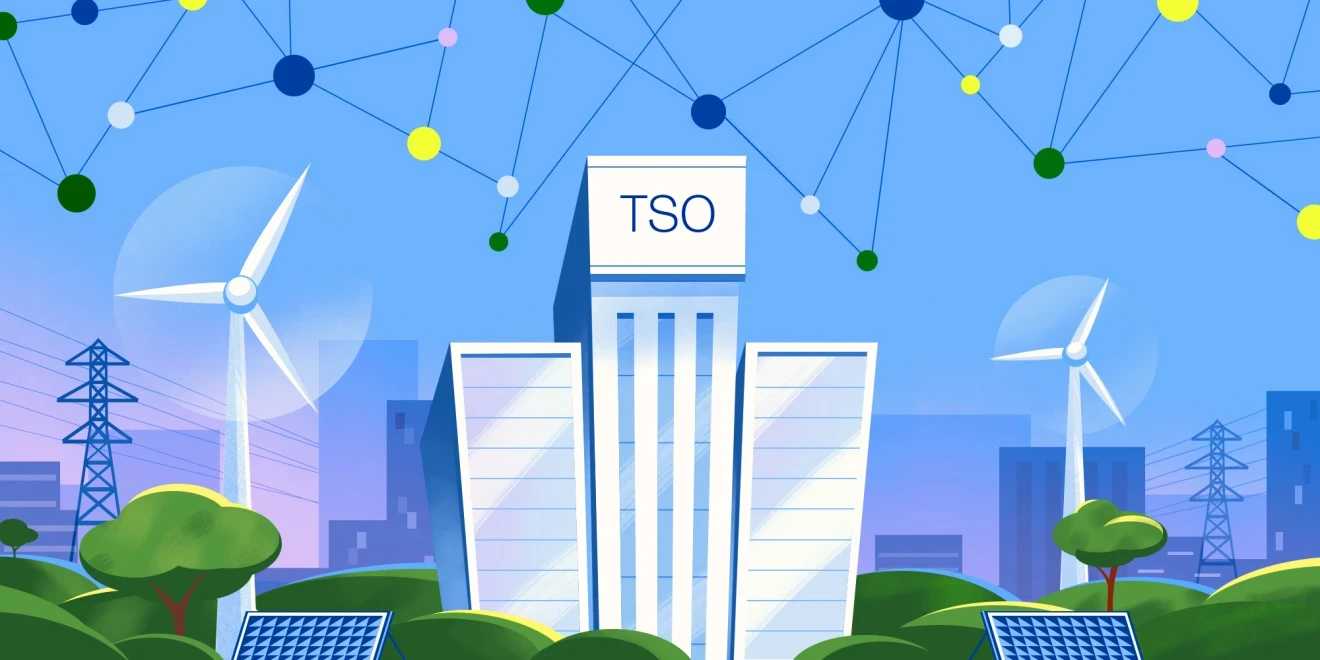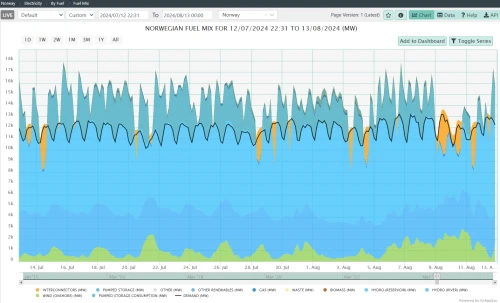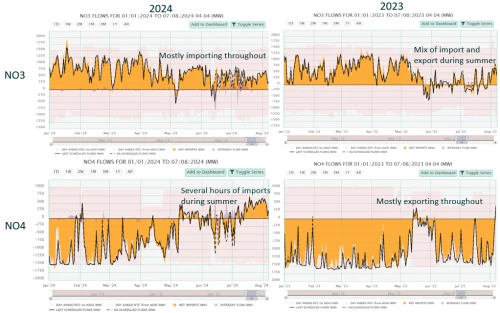Why protectionist energy policies produce rotten tomatoes
You say tomato, Priyanke Shinde says flow-based market coupling. This week, our Nordic Market Expert breaks down how this complex mechanism helps reduce inefficiencies - ensuring fewer “rotten power tomatoes” in the system. She also explores its impact on electricity pricing and the market.


Image: Montel Analytics

Image: Montel Analytics
Track power flows, volumes and prices across European energy markets